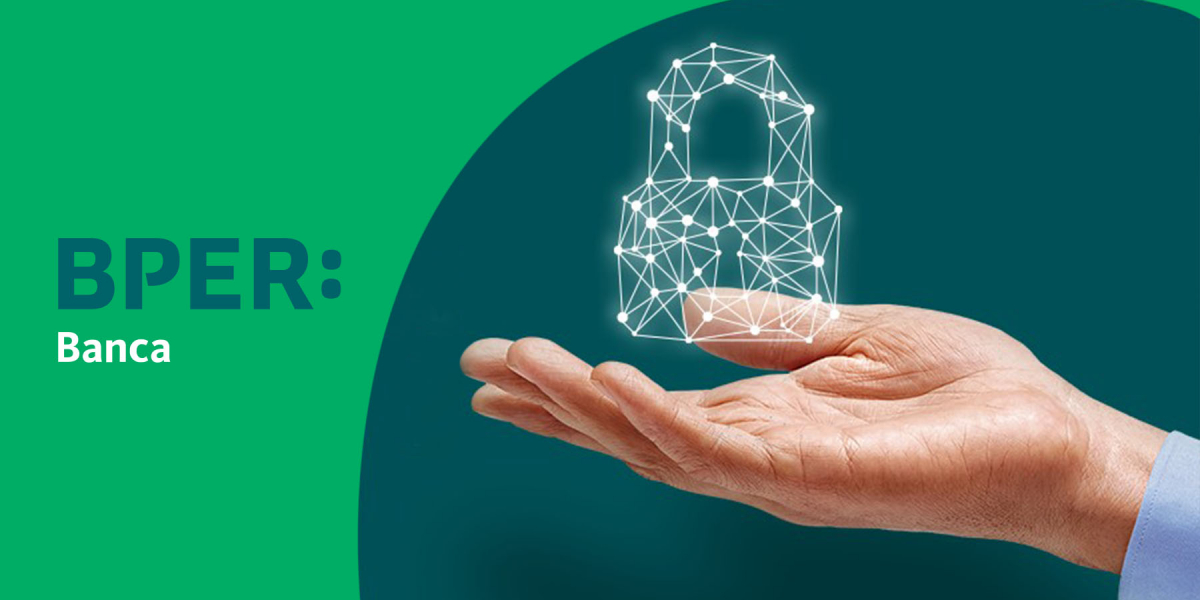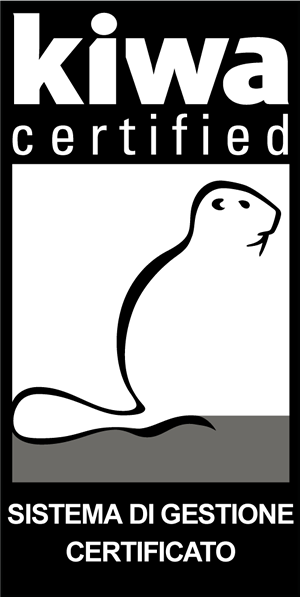Inbound Outbound Open Innovation
Inbound Open Innovation and Outbound Open Innovation are the two possible approaches related to an Open Innovation strategy.
Let us analyse them in more detail.
Inbound Open Innovation
This approach calls for adopting external stimuli to create innovation within the company.
In these cases, the companies set up collaborations with the various entities mentioned above and with partners consolidated over time which lead to a reduction in risks and investments, but very often lead to lower results.
Collaboration with entities and partners guarantees the company access to innovation, patents and technologies or test methods that can bring a great competitive advantage.
Furthermore, the possibility of organising contests, competitions and various initiatives opens up the possibility of gathering innovative ideas on certain issues which can be useful for the company business.
Less widespread Inbound Open Innovation activities, but which have often led to greater results, involve the use of internal incubators and accelerators as well as the creation of Corporate Venture Capital.
Outbound Open Innovation
This approach is based on the outsourcing of innovations generated by the company in order to undertake innovations outside the company itself.
In this sense, the process reverses the flow of open innovation and everything that is conceived, created and developed within the company is made available outside the company to possible partners who have the need to draw on those resources or technologies.
This approach is less used, because it is considered less safe in protecting the company's intellectual property and resources.
To activate an Outbound Open Innovation process, companies have the following tools available:
- Joint Venture: a real business agreement with which two or more companies undertake to collaborate for the pursuit of a specific objective or for a shared project, sharing risks, resources and gains equally.
- Licensing of own products: transfer by the owner to a third party, so that they can use that particular product or that specific resource, drawing economic benefits from it. A very common example is the production of a time-limited licence.
- Corporate spin-offs: When a business idea is born within an organisation and needs its own structure to come to life and reach its position within the market. In these cases, corporate spin-offs are created, developing new companies with their own internal team, their own business model and an allocated budget.
- Platform business model: the integration of specific platforms that create value by facilitating the exchange between two or more independent groups, commonly between consumers and producers.







